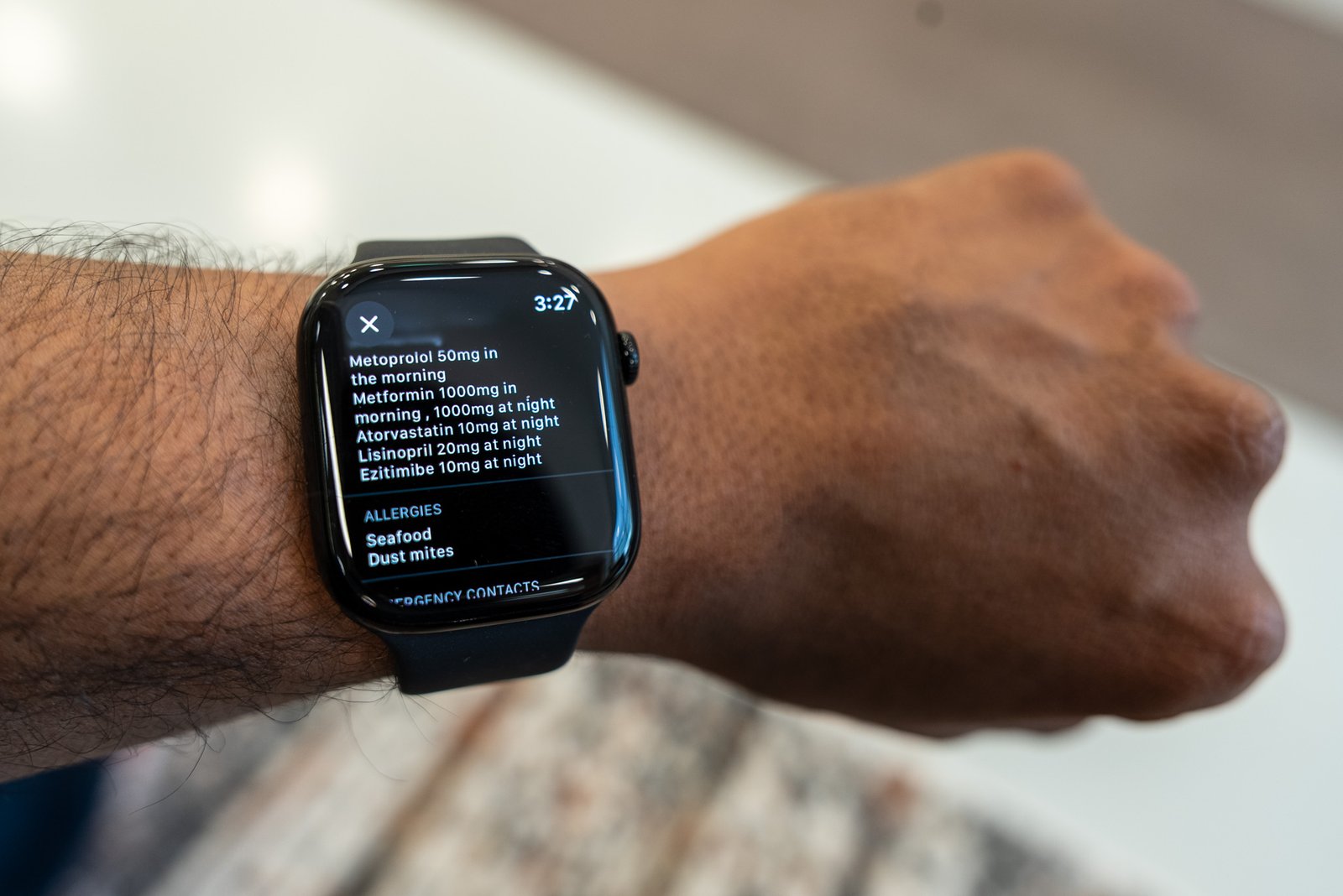There are countless heartwarming stories about different ways the Apple Watch has helped saved people’s lives. In addition to the emergency SOS and fall detection features, the Watch offers a suite of insights which can help identify precursors to life-threatening diseases. Recently, a similar story made news when a woman’s cancer was caught, thanks to active alerts from an Apple Watch 10.
Amanda Faulkner, a consulting psychiatrist from New Zealand, recently narrated her story where her Apple Watch 10 helped diagnose a rare form of blood cancer, which, if left undiagnosed, would have left her dead in a matter of few days. Faulkner told the New Zealand Herald that her Apple Watch notified her of her unusually high resting heart rate of around 90 beats per minute — which would typically be around 55 for her.
Despite being a physician and a psychologist, Faulkner brushed the alerts off, thinking of them as a result of probably just being stressed at work — she had over 60 patients at the time. The fact that she and her husband had recently been taking a hiking trip in Australia made her believe her Apple Watch 10 might be faulty.

However, as the Apple Watch kept “constantly nagging” her with alerts. These alerts came from the Watch’s Vitals app, which Apple introduced last year to bring a resourceful summary of health metrics measured overnight. The Vitals app highlights any unusual attributes or “Outliers,” highlighting aspects that may be out of their usual range.
When Faulkner visited her general physician for the elevated resting heart rate, she was immediately asked to admit in the ER at a hospital in Hastings, North Island. Within a few hours — following some tests — she was diagnosed with AML or “Acute Myeloid Leukemia,” a rare form of blood cancer that is prevalent in children and seniors but affects only 4 adults in 100,000 adults, as per Cleveland Clinic.
AML is an aggressive and fast-progressing cancer that progresses across the body rapidly over a few weeks, which is why early detection is vital. While remission is easily achieved with chemotherapy, it has a high remission rate, as per research, which is why Faulkner is now due to for a stem cell transplant to replace her bone marrow. Her husband hailed the Apple Watch’s “life-changing” contribution in early detection and gave the Kiwi doctor an early head start in her fight against cancer.
What should you make of the Apple Watch’s warnings?

Since the Apple Watch is not a medical grade equipment, it should not be considered the ultimate tool to detect any ailments. Apple itself insists the Apple Watch should not be treated as a proxy for medical advice. However, its insights can be used as warning signs for an early onset of a life-threatening diseases.
The Apple Watch can also be an excellent tool of rehabilitation after intense medical incidents, as it did in the case of Digital Trends contributor Nirave Gondhia when he suffered a cardiac arrest at 33. Gondhia maintains a close look at any out-of-ordinary metrics, while also managing his medical records and information about allergies, to stay abreast with any looming medical uncertainties.
Apple Watch’s medical intervention, however, will be limited to conditions that impact the heart, since its sensory data mostly relies on heart rate — except using gyroscopic data for crash and fall detection. In addition, the Apple Watch can detect Atrial fibrillation (AFib), which can be an early symptom of stroke or heart failure. The upcoming Apple Watch is also rumored to get hypertension alerts, though it’s unclear whether the Apple Watch will measure blood pressure using a dedicated monitor or use your hearth rate data to estimate it, like the Galaxy Watch 4 and above do.













